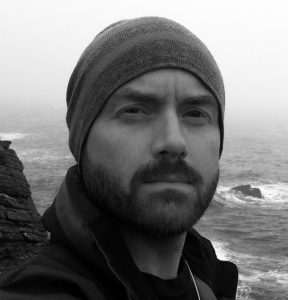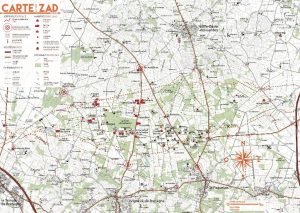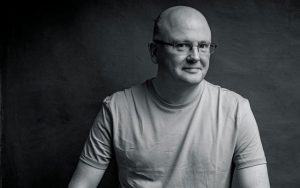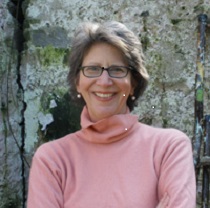Artist and activist James Brady will be delivering the Commonweal Lecture for 2018 – Commonweal’s 60th anniversary.
His topic will be la ZAD, a bold experiment in common living in rural France.
We asked him to tell us about la ZAD and why it deserves us our attention right now.
Commonweal Lecture 23rd October 2018

La ZAD isn’t as well-known as it could be among UK activists. Please tell us what it stands for (the name and also the place!).
ZAD means ‘Zone to Defend’ (Zone à Défendre in French). The place is a utopian experiment of collective common living on 4,000 acres of rural landscape in Western France (near the city of Nantes).
The territory was first liberated from the French State’s plans (in 1968) to build a new airport for the nearby city of Nantes (which already has a perfectly functioning airport). This was achieved through an occupation by farmers who opposed the plans.
In recent years, the zone has been opened up to welcome anyone willing to stand in solidarity. It’s a place of great social diversity, which is the key to its success so far.

Continue reading Improvising the commons: lessons from la ZAD

